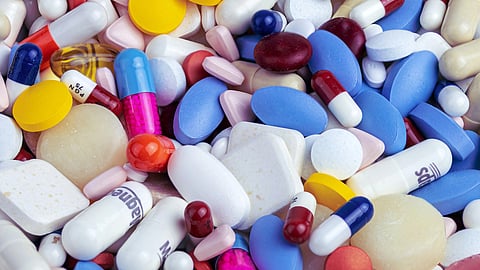According to industry projections, commercial supply of Hydroxyurea Syrup used in the treatment of sickle cell anemia is likely to begin by March 2024, and the initial cost would be Rs 405 per bottle. The price of this oral suspension stands at 840 USD (equivalent to approximately Rs 70,000) per 100 ml for abroad.
Until now, none of these drugs had been manufactured within the country. The initiative began in July 2022, initiating extensive deliberations involving academia, pharmaceutical industries, various organizations, CDSCO (Central Drugs Standard Control Organization), and the Department of Pharmaceuticals. Subsequently, a list of 13 rare diseases, in addition to sickle cell anaemia, was identified as priority areas.
Collectively, a rare disease is a health condition that affects an estimated 6–8 percent of the population in any given country at any specific time. According to estimates, India could potentially have 8.4–10 crore cases of rare diseases. Notably, nearly 80 percent of these conditions are of genetic origin.
(Input from various media sources)
(Rehash/Dr. Sushmita Ganguli)


